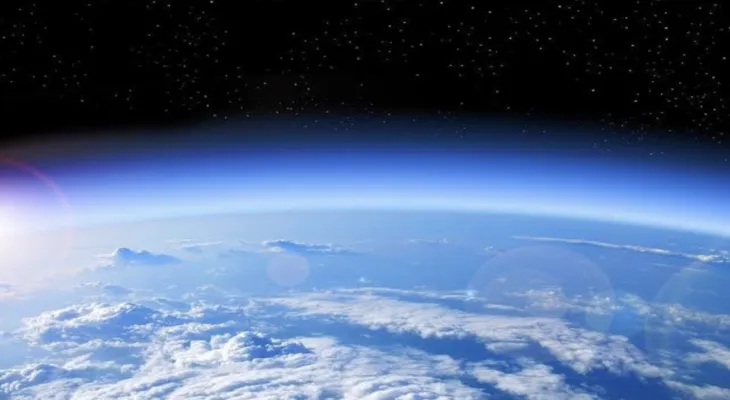Search here
Newspaper
Search here

Arab Canada News
News

Published: October 20, 2022
The ozone hole forms annually over the Antarctic continent, and this is the third consecutive year in which the hole has grown significantly; last week, it reached its largest size since 2015; measuring about 10 million square miles (26.4 million square kilometers), the largest in 7 years. However, despite this significant growth, scientists say the size of the hole is still generally decreasing.
In further clarification of this matter, Paul Newman, chief Earth scientist at NASA's Goddard Space Flight Center, said: "All data indicates that ozone is improving," according to the Associated Press.
Ozone components
Ozone consists of three oxygen atoms and makes up only a very small part of our atmosphere, but it has a great impact on our planet; the blanket-like layer, which extends over the Earth, absorbs the most harmful ultraviolet rays from the sun, protecting life on Earth. Ozone is comprised in the stratosphere (at an altitude of about 9 to 18 miles - 14.5 to 29 kilometers above the Earth's surface).
It forms when ultraviolet rays split regular oxygen molecules, consisting of two oxygen atoms (molecular oxygen or dioxygen O2), then the free oxygen atoms bond with the oxygen molecule to form a molecule with three oxygen atoms.
Discovery of the ozone layer
It is noteworthy that scientists discovered the thin ozone layer over the Antarctic continent in the early 1980s. Although ozone is naturally formed and destroyed in the stratosphere, pollution caused by humans destroys ozone faster than it can be formed. In particular, industries that use chlorine or bromine, such as refrigeration and air conditioning, destroy ozone at dangerously high rates.
Comments